Cats, whether purring beside us on the sofa or prowling the wild plains, have a unique allure. While many might think of big cats as solitary hunters, some species surprisingly exhibit family bonds resembling those of our beloved house cats. These magnificent creatures form intricate social structures and exhibit affection and loyalty, shattering the myth of the lone predator. Dive into the lives of these ten big cat species and discover their heartwarming family dynamics.
Lions: The Social Royals of the Savannah
Lions are often referred to as the “king of the jungle,” but did you know they are also the social butterflies of the big cat family? Living in prides, lions form close-knit family units consisting of related females, their offspring, and a few adult males. The females, often sisters or cousins, work together to hunt and rear their young. This cooperative living ensures the pride’s survival and strengthens bonds, much like a close family dinner. With powerful roars and gentle grooming, lions communicate and express affection, showcasing a family dynamic that’s heartwarming and complex.
Cheetahs: The Speedy Single Moms
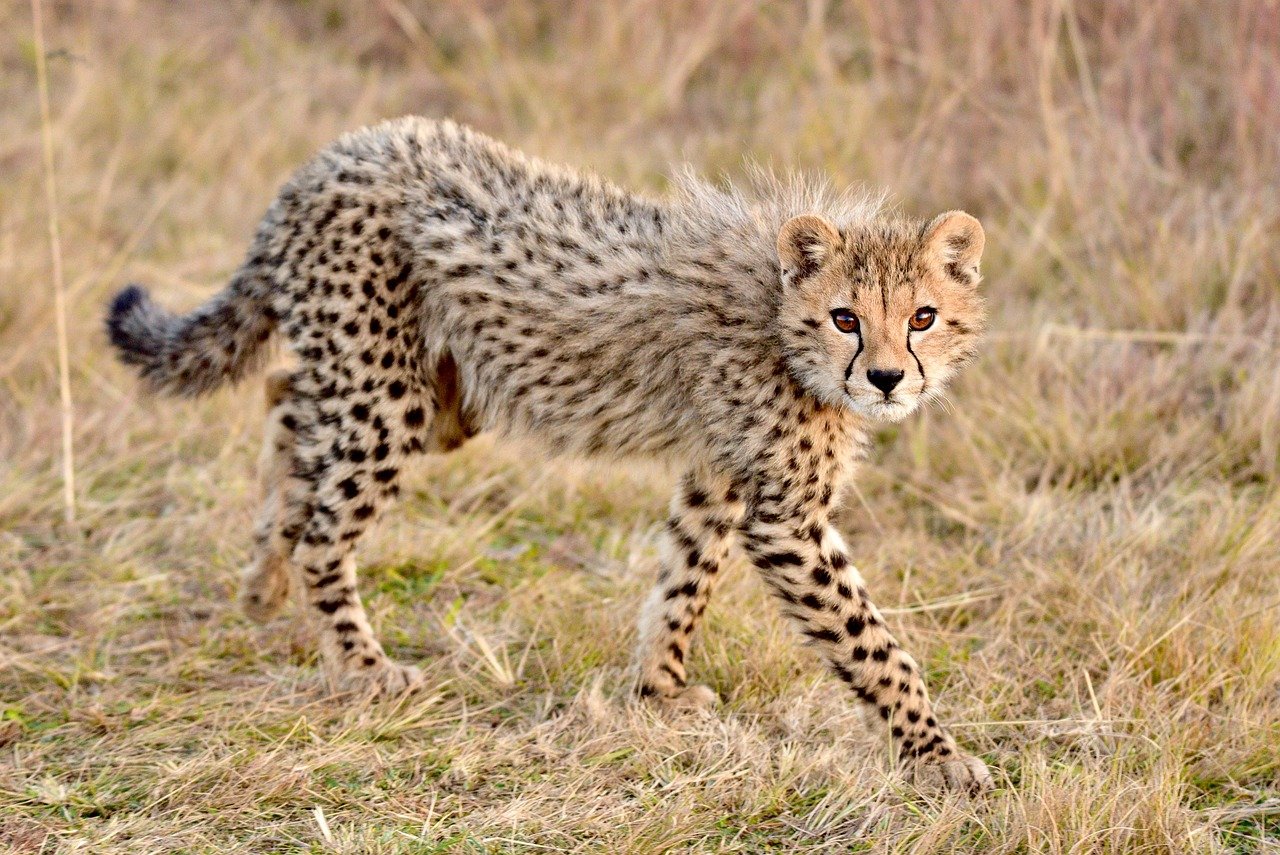
Cheetahs are known for their astonishing speed, but their family structure is equally fascinating. Female cheetahs typically raise their cubs alone, teaching them essential survival skills. During this time, the mother and her cubs form a tight bond, relying on each other for protection and learning. Male cheetahs, on the other hand, often form small groups known as coalitions, usually consisting of brothers. These coalitions help them secure territory and increase their chances of mating, demonstrating a unique brotherly bond.
Tigers: The Solitary Yet Affectionate Hunters

Tigers are often perceived as solitary creatures, but they do exhibit family bonds, especially between mothers and their cubs. A tigress raises her cubs alone, providing them with food and teaching them how to hunt. During this period, the cubs learn from their mother and develop a close bond with her. Even as they mature and venture out on their own, tigers maintain a sense of familiarity and respect for their kin, occasionally reuniting and displaying affection in their own wild way.
Leopards: The Secretive Family Guardians
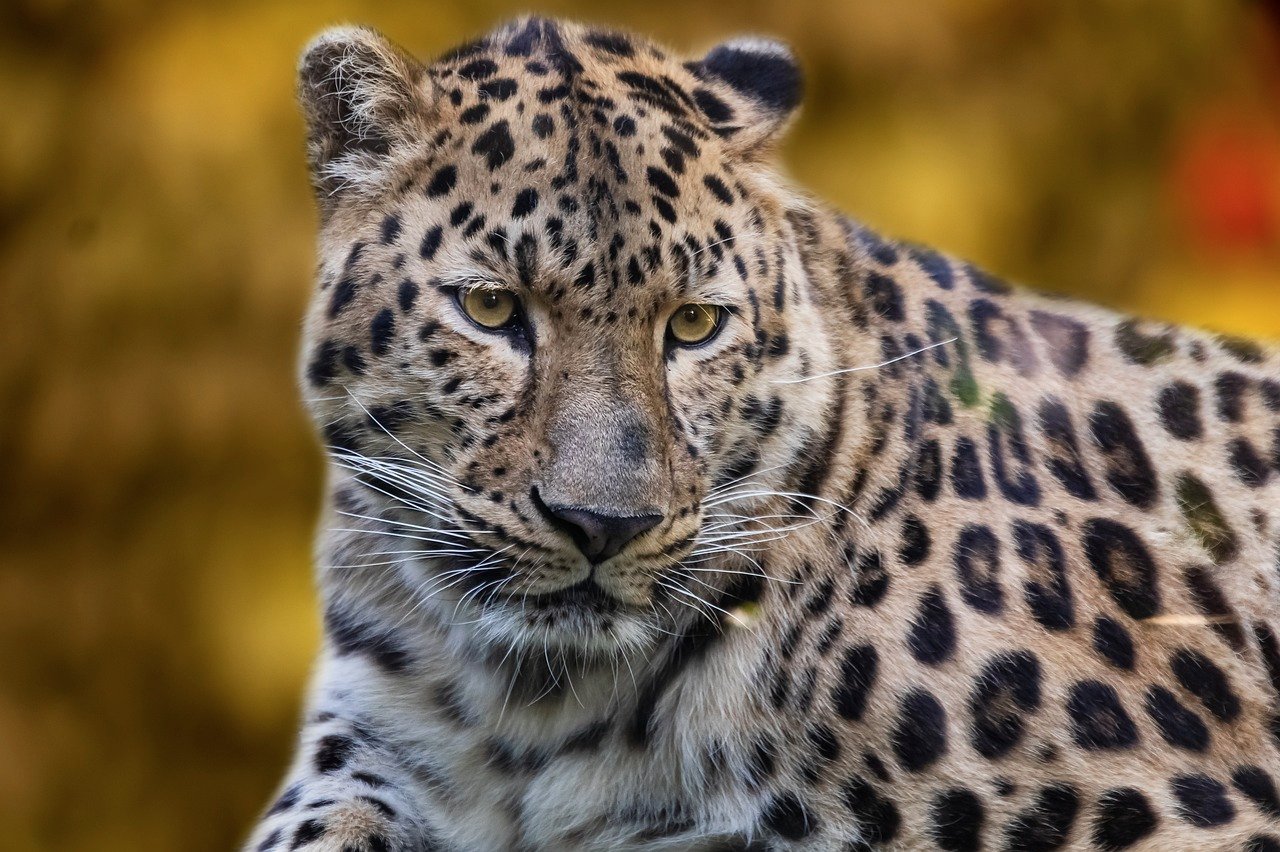
Leopards are known for their elusive nature, often seen as solitary and mysterious. However, the bond between a leopard mother and her cubs is profound. The mother leopard is fiercely protective, teaching her young how to climb trees and stalk prey. These lessons are crucial for their survival and create a strong bond between them. Even after the cubs have grown and left their mother’s side, they often remain in nearby territories, illustrating an unspoken family connection.
Pumas: The Silent Family Protectors
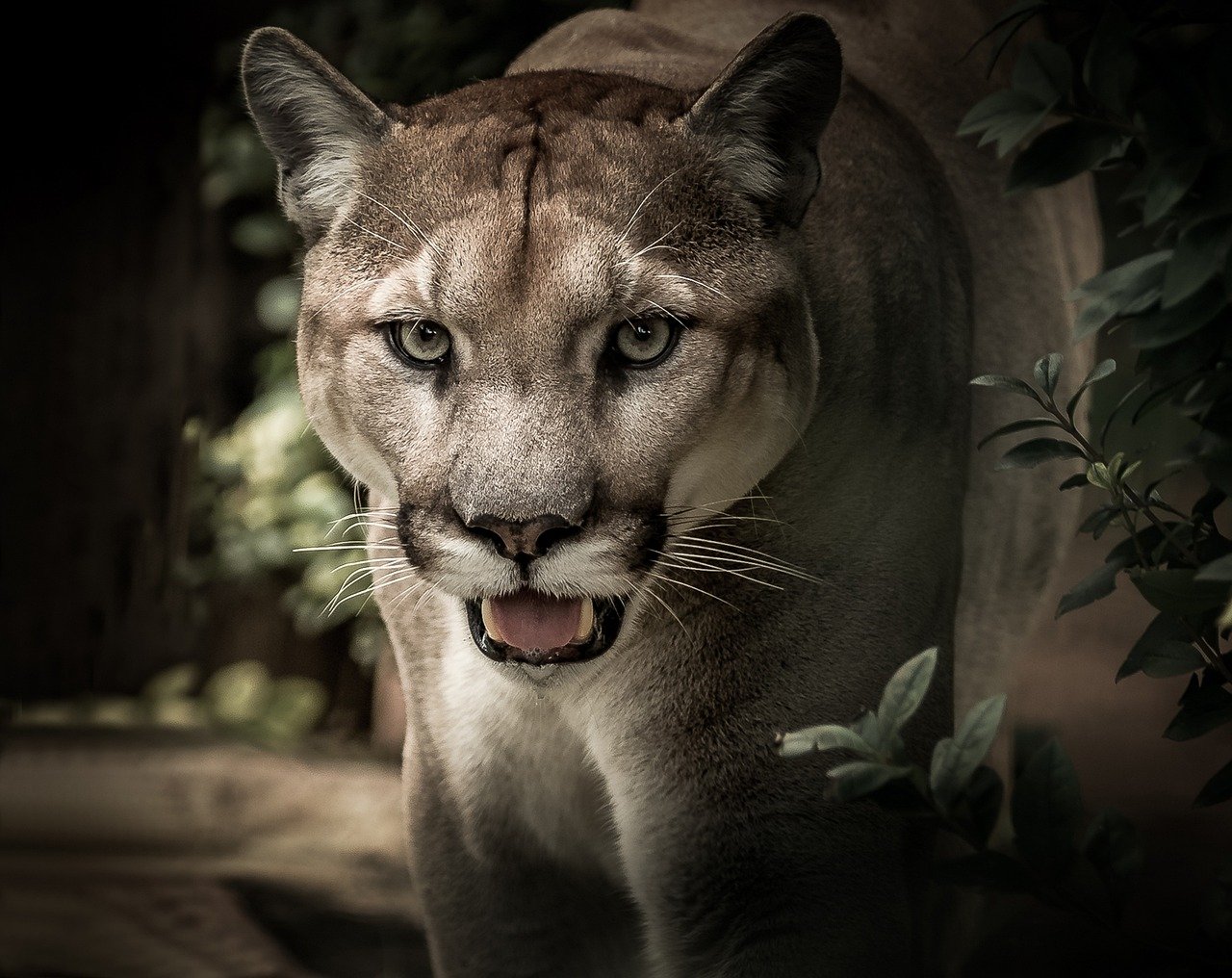
Pumas, also known as mountain lions or cougars, are adaptable cats with a wide range. Though generally solitary, the bond between a mother puma and her cubs is intense. The mother provides for her young until they are capable hunters, and during this time, they share numerous affectionate moments. The cubs grow under her watchful eye, learning the nuances of survival. This nurturing relationship is a testament to the familial instincts that even the most solitary big cats possess.
Snow Leopards: The Alpine Family Navigators
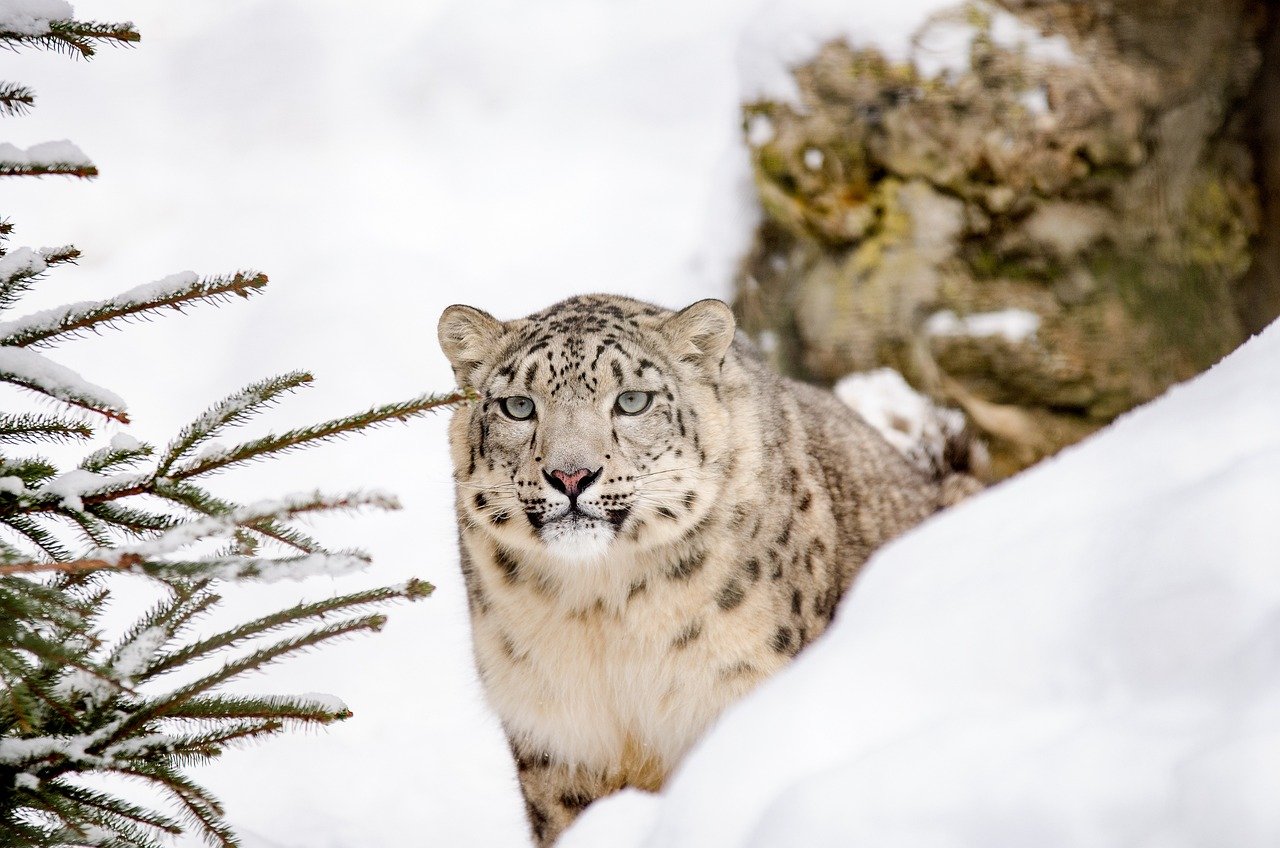
Snow leopards inhabit the cold mountainous regions of Central Asia, where their family bonds are crucial for survival. The snow leopard mother raises her cubs in these harsh conditions, teaching them to navigate the rugged terrain and hunt scarce prey. This close-knit family relationship is vital, as the cubs rely on their mother for warmth and sustenance. The challenges of their environment only strengthen their bond, showcasing the profound connection between snow leopard families.
Jaguars: The Jungle Guardians

Jaguars are powerful and elusive, often roaming the dense jungles of the Americas. Despite their solitary reputation, jaguar mothers form strong bonds with their cubs, nurturing them until they are self-sufficient. During this time, the cubs learn to navigate their complex environment, hunt, and avoid dangers. The maternal bond is palpable, as the jaguar mother fiercely protects her young, ensuring their safety and teaching them the skills they need to thrive.
Lynxes: The Silent Family Protectors
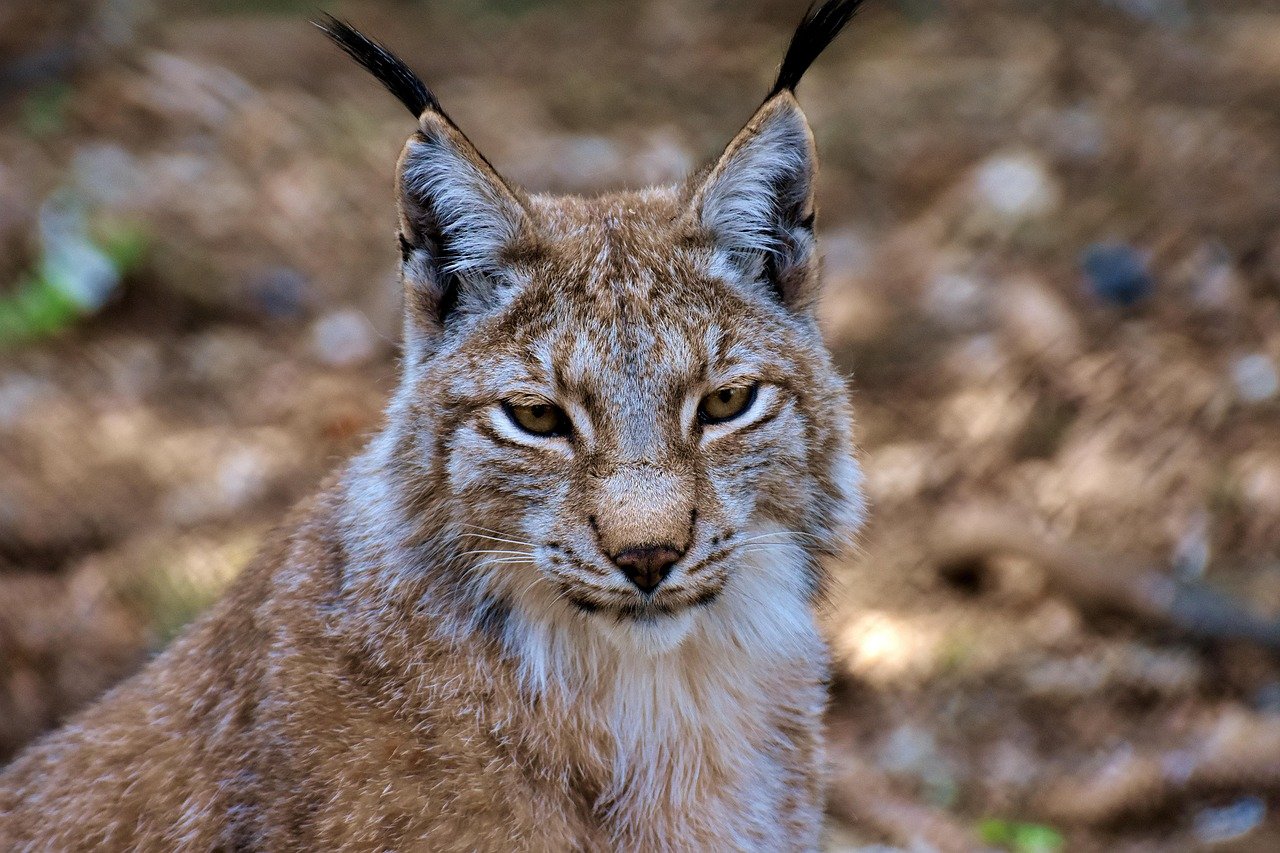
Lynxes, with their tufted ears and short tails, may not be as large as other big cats, but they exhibit strong family ties. The mother lynx raises her kittens alone, providing them with food and teaching them survival skills. This period of dependency creates a deep bond between the mother and her young, as they learn to hunt and navigate their environment. Even after the kittens become independent, they often remain in the mother’s territory, reflecting a lingering family connection.
Clouded Leopards: The Arboreal Family Navigators
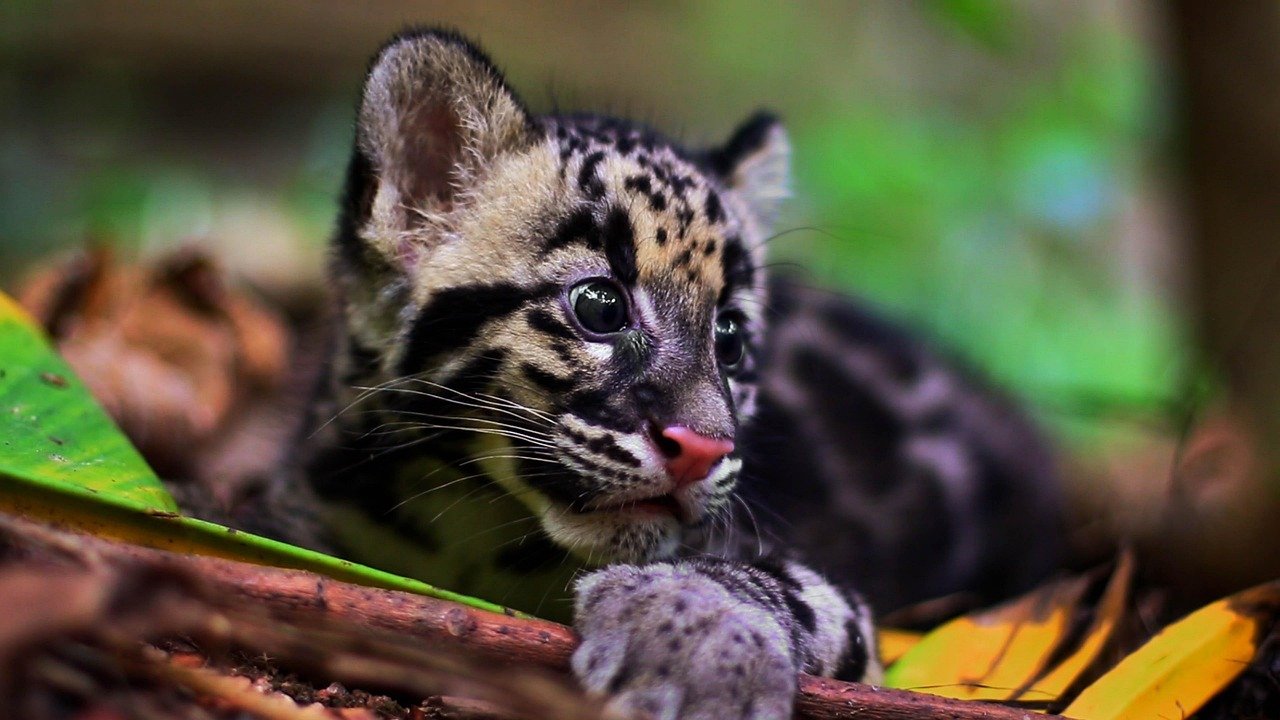
Clouded leopards, known for their striking coat patterns and arboreal lifestyle, form intimate family units. The mother clouded leopard is dedicated to her cubs, raising them with care and teaching them to climb and hunt in the trees. This nurturing environment fosters a strong bond, as the cubs rely on their mother for guidance and protection. The close relationship between clouded leopard families highlights the depth of their familial instincts, even in the wild.
Caracals: The Stealthy Family Protectors
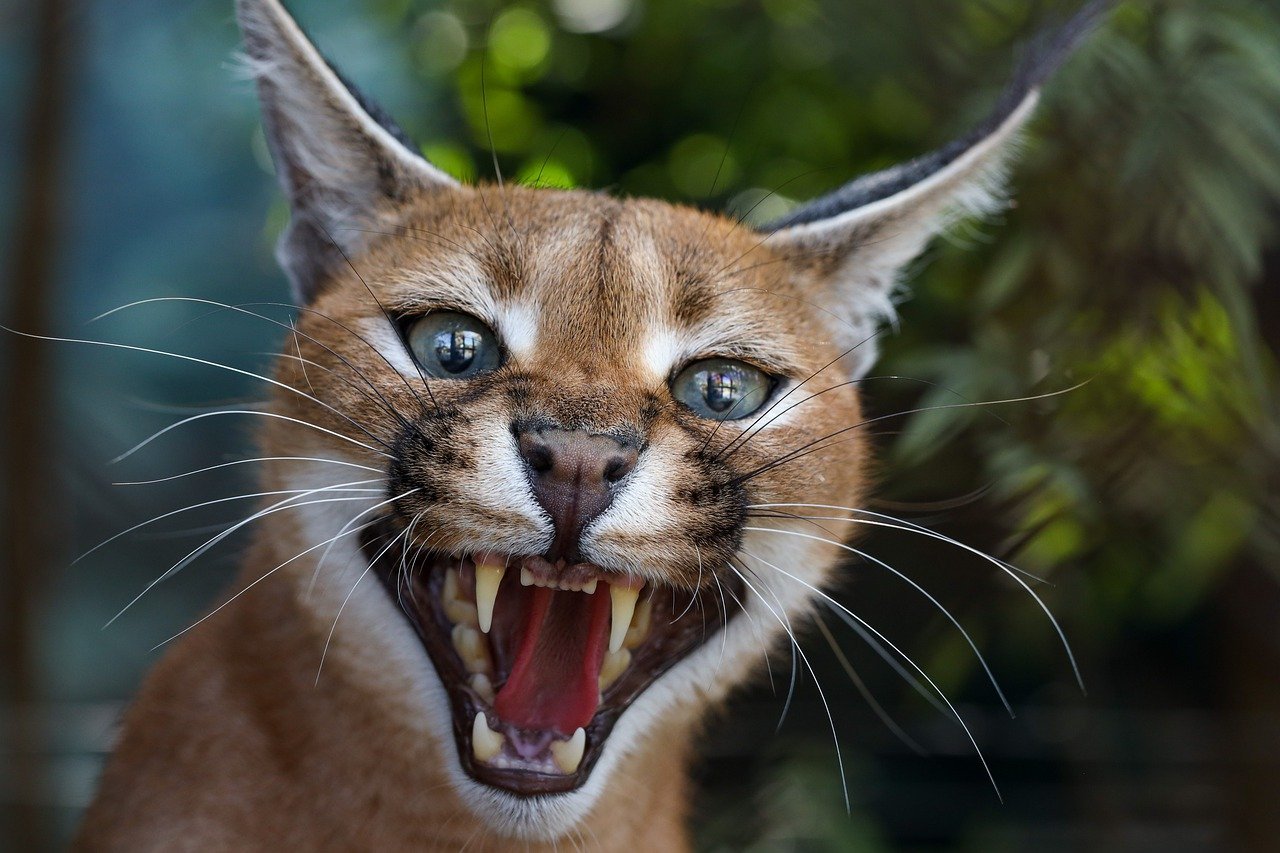
Caracals, with their distinctive ear tufts and sleek bodies, are agile and stealthy hunters. The bond between a caracal mother and her kittens is strong, as she raises them alone in the wild. The mother provides for her young, teaching them to hunt and survive in their environment. This nurturing period creates a lasting connection, as the kittens learn from their mother’s expertise and grow into independent hunters.
In conclusion, the family bonds exhibited by these big cat species are as varied as they are fascinating. From the social structures of lions to the nurturing instincts of solitary mothers, these majestic creatures show that family ties are a universal theme in the animal kingdom. These connections not only ensure the survival of the species but also add a touch of warmth and familiarity to the wild, reminding us that the essence of family transcends species and size.

Linnea is a born and bred Swede but spends as much time as possible in Cape Town, South Africa. This is mainly due to Cape Town’s extraordinary scenery, wildlife, and atmosphere (in other words, because Cape Town is heaven on earth.) That being said, Sweden’s majestic forests forever hold a special place in her heart. Linnea spends as much time as she can close to the ocean collecting sea shells or in the park admiring puppies.






